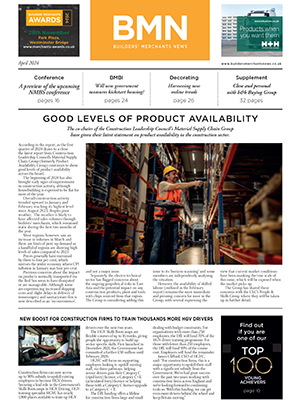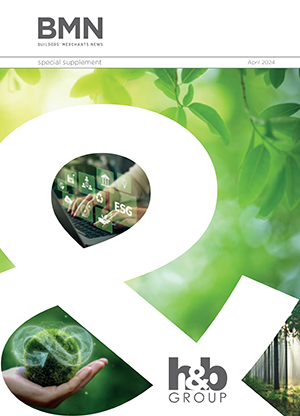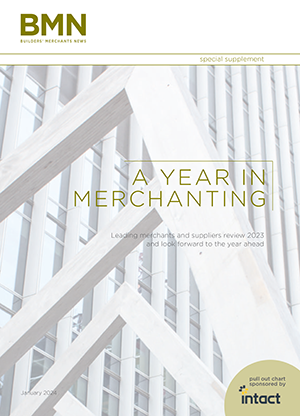UK: For the first time in nine months, all three broad construction categories monitored registered rises in activity. The fastest growth was in civil engineering, where trends in output have been relatively volatile over recent months. Residential construction increased for a second month running, while the expansion in commercial activity eased to the slowest since December 2010.
The seasonally adjusted Markit/CIPS Construction Purchasing Managers’ Index posted 53.2 in December – up from 52.3 in November. The latest reading signalled growth of UK construction sector activity that was slightly stronger than in the previous survey period.
New business received by UK construction companies increased for a third consecutive month in December, reflecting a general rise in tender opportunities and successful bids. While growth of new business was robust, it eased slightly on the month.
December data signalled a solid rise in UK construction sector output, extending the period of sustained expansion to 12 months. Growth of activity was supported by an increase in new business, which in turn led to a further rise in employment. However, confidence over future business prospects remained relatively muted.
December data signalled a modest rise in UK construction sector employment. Those surveyed cited higher new orders and output as the main contributors to the increase in staffing levels. Nonetheless, usage of sub-contractors declined again.
UK construction companies reported a further increase in purchasing activity in December, extending the period of sustained growth to one year. The rise in input buying was solid, but slightly weaker than in November. Suppliers’ delivery times lengthened again and at a marked rate. Anecdotal evidence suggested that this reflected shortages of stocks at vendors, alongside the rise in purchase volumes.
Input prices faced by construction companies in the UK continued to rise substantially during December, driven by higher raw material and energy costs. While the rate of input price inflation was at a three-month low, it remained elevated in the context of historical data.
UK construction companies were optimistic in December that activity would increase over the next year. However, the degree of positive sentiment remained relatively subdued, as concerns over future market conditions and low client confidence weighed on optimism.
Sarah Bingham, economist at Markit and author of the UK Construction PMI, said: “PMI data signalled a positive end to 2011 for the UK construction sector, with output rising again on the back of another increase in new business. The survey suggests that the sector should make a positive contribution to the economy in the final quarter of the year, helping avoid a possible slide back into contraction. The data so far suggest that gross domestic product probably stagnated in the final three months of the year. However, UK Service PMI data released tomorrow will allow for a more accurate estimate of overall GDP.
“Housebuilding, commercial construction and civil engineering all saw higher activity in December. However, the sustainability of the overall rise in output remains uncertain, with confidence about the year ahead still relatively subdued. Optimism continues to be hindered by concerns regarding low client confidence and worries over wider economic and market conditions.”
Commenting on the report, David Noble, chief executive officer at the Chartered Institute of Purchasing & Supply, said: “Despite the overall growth in construction output and relatively milder weather conditions, December’s PMI painted a mixed picture and therefore offered little to raise the spirits.
“Civil engineering was the star performer with the strongest increase on the previous month but this must be viewed in the context of volatile activity flows at the end of the year, and it’s still too early to measure the impact of some of the big Government spending projects announced in the Autumn Review statement.
“Overall expectations for the coming year were generally hopeful but continue to be skewed by wider economic uncertainties. Though there were modest increases in employment, it’s likely that many firms were hiring through necessity rather than optimism about any pick up in business in the next couple of months.”






